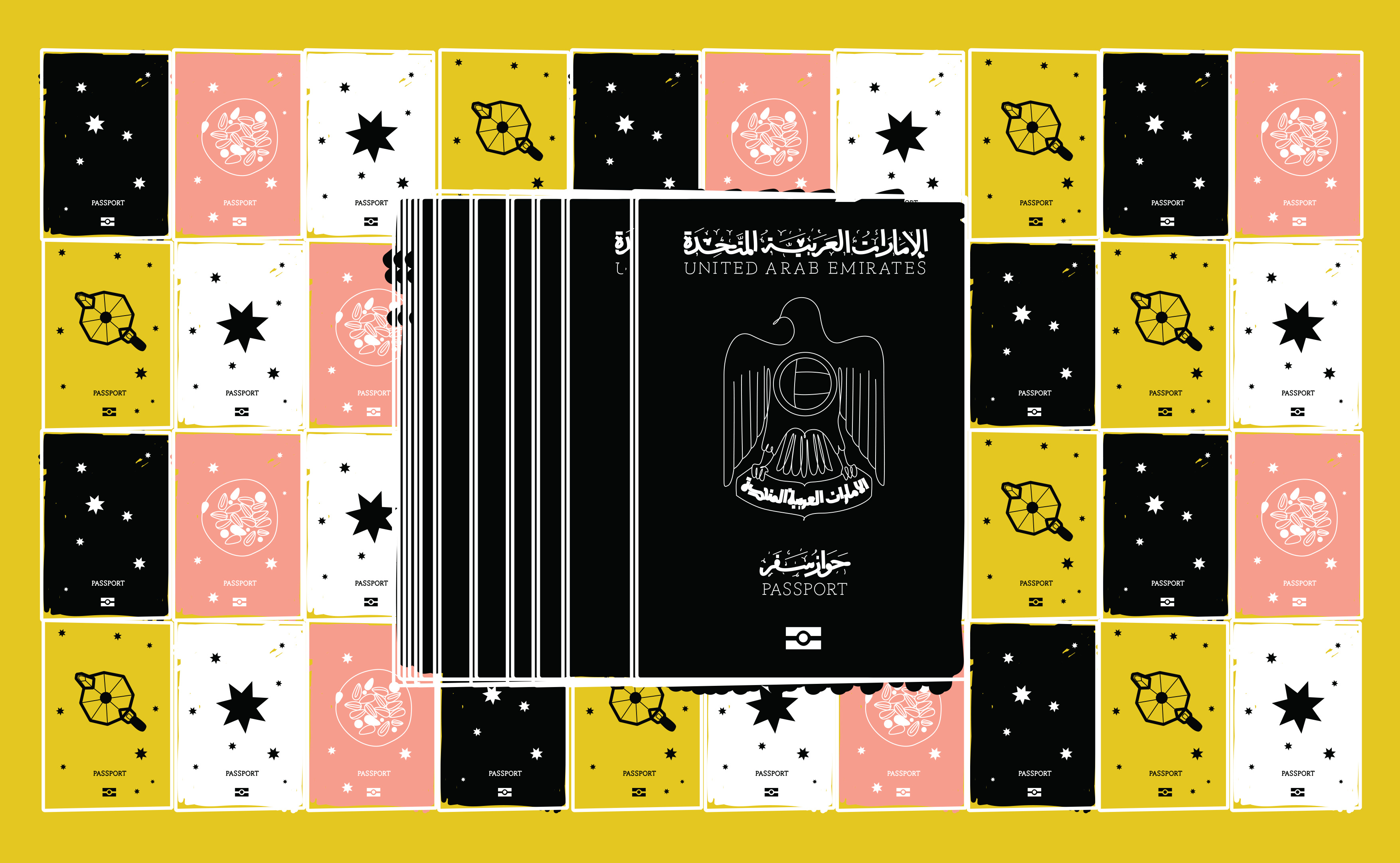It might be surprising for many countries that an Arab passport can reign at the list of top passports in the world, however, it is not unexpected from the young yet flourishing United Arab Emirates.
The UAE economy is the largest in the Middle East after Saudi Arabia, its GDP ranks 29th worldwide in 2017 and is gearing up to host Expo 2020 (to be held in Dubai) alongside the country’s multi-billion dollar development projects.
The UAE hosts hundreds of commercial and cultural events every year, distributed across multiple economic sectors and is now —through its capital Abu Dhabi and Dubai emirate— a pivotal hub of the MENA region. The UAE is not only home to 11.48% Emiratis, it is also residence to a plethora of nationalities including a large number of foreign and Arab expats, born, raised and working for the country’s advancement and success.

This attests to the fact that the UAE is an economic and cultural giant filled with insights on Arab mindset. Yet brands are still following one-size-fits-all marketing and communication strategies: A large number of international brands with established headquarters in the UAE, mostly communicate with Arab audiences through a passive stereotypical toolkit instead of harnessing key regional learnings into a relevant contextual integrated creative communication strategy.
Earlier this year, a coffee machine startup based in Germany contacted me for a branding and strategy project. The startup wanted to enter the Arab market through a Dubai-based reseller who with its ‘international’ marketing team asked the brand to make a presumably crucial amend to the machine’s design: “You must add Swarovski stones and offer it in several colors”. The startup refused to alter their product’s design and change their brand’s core values. The deal was canceled.
This story represents a common miscommunication problem causing businesses to fail and retract: In this case, the product was never tested in the market and these audiences were not by any means represented during the communication and positioning phase of the negotiations.
What do Arabs* want?
Alongside peace and better leadership, Arabs across the region want better representation. Below are 3 of many criteria introducing you to the needs of Arab audiences in today’s economy – while highlighting the fact that these audiences differ amongst Arab counties themselves and thus have different needs, desires and buying powers.
1. Identification
Since Arab countries are either newly established (i.e. the GCC) or colonially re/de-constructed (i.e. The Levant region), national identities are a game changer in branding and communication strategies. Brands should be able to address micro-identities instead of assuming that one identity binds all 22 nations. Micro-identities are rooted in popular culture and collective memory and should be closely examined — if not experienced — by creatives addressing these audiences. These communities want to feel and experience their own stories and identify with their products. The first step is consulting the locals and engaging a cultural specialist to guide you.
2. Customization
Arab audiences with high financial profiles seek customization. A brand might face the challenge of giving the consumer too much control — i.e like matching products to a certain taste — however, customization is not a vain tendency but rather a creative opportunity. Adding that criterium to a design process can present a challenge to a lazy creative but is however, a serious business opportunity to those who understand that consumer behavior in the Arab word is first and foremost, emotional. Customization here is just another word for personalization: Rendering the experience more intimate and telling a less common story. The second step is understanding emotional appeal and avoiding judgement.
4. Relevance
Every context has its own values, ideologies, traditions, stories and influencers. It also has cultural tensions and boundaries. Brands should seek cultural relevance by defining the culture they want to speak to and tailoring their strategies accordingly. However, major brands have fallen into the dangerous trap of appropriation in pursuit of relevance especially in advertising and fashion where stereotypes prevail and creatives prioritize form over function or in this case, form over relevance. The third step is knowing your references and questioning the authenticity of your communication tools.
Swarovski is not the key to Arabia. Audiences of that region deserve designs considering their living spaces, their cultural habits and consequently their emotional connection to coffee. Customization in this case is giving your audience the ability to make their guests feel special, to show and share love, hospitality and heritage. Coffee in Arabia transcends a drink on-the-go into a social story-making and story-telling experience that no bling-bling can replace.
*Arabs: the criteria mentioned above apply to a minority of Arab markets with buying abilities allowing them to afford mid-range to high-end lifestyle products.

